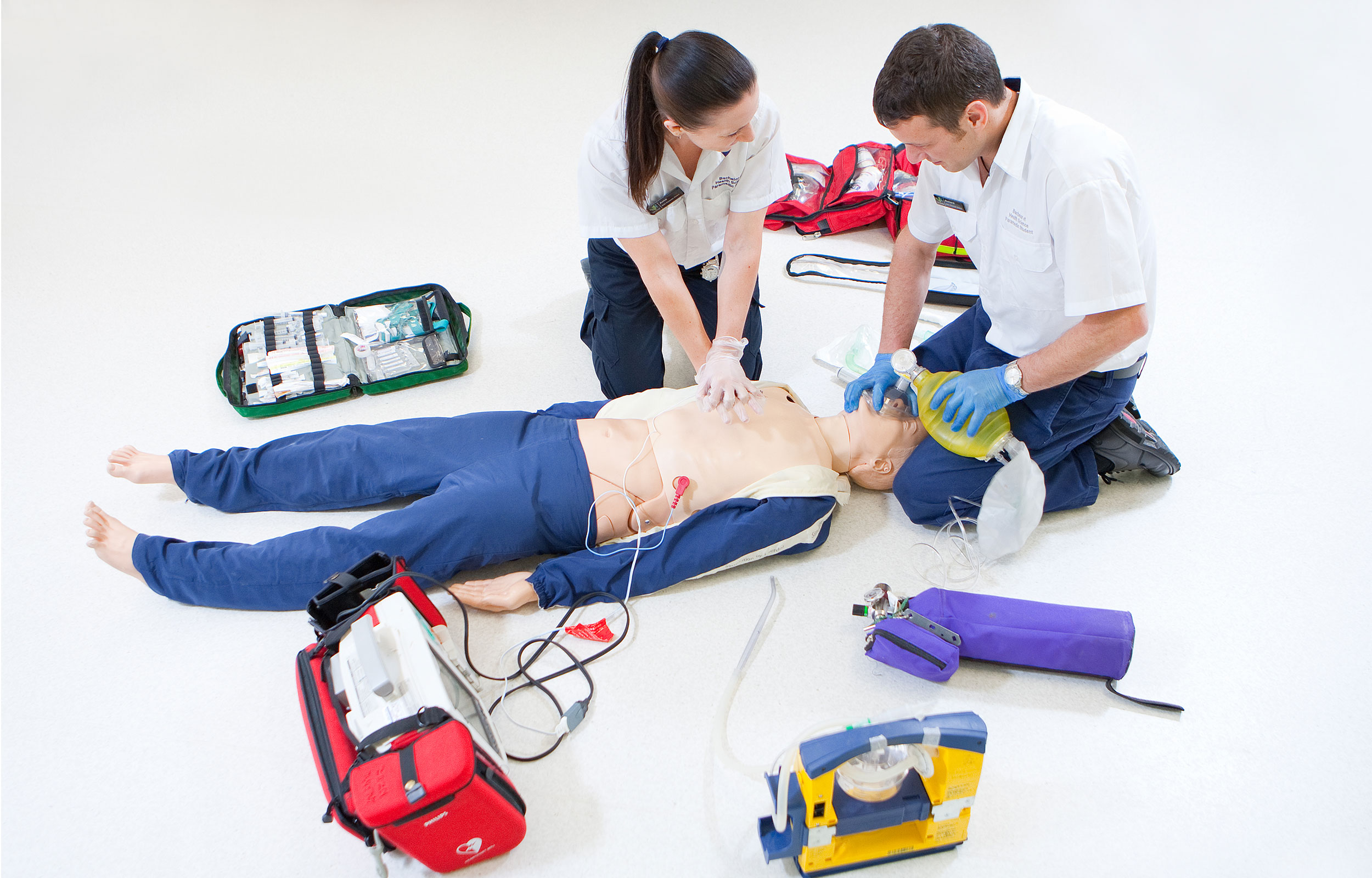The world of emergency medical care (EMS) is an important and valuable job that provides a rewarding job that is focused on making a difference in lives and providing crucial care. If you’re thinking of becoming an Emergency Medical Technician (EMT) or even progressing to the highly regarded post of paramedic, you’re joining a field that has tremendous growth opportunities and high demand for skilled professionals. In this article, we’ll guide you through the process to become an EMT and paramedic. We’ll also look at the many options for training that include a DSHS certified EMS training courses.

Understanding the Role of EMTs and Paramedics:
First responders and Emergency Medical Technicians and Paramedics provide immediate medical assistance in an emergency situation. They are trained to evaluate patients, administer vital medical treatments, and take patients in a safe manner to medical facilities for treatment. EMTs and paramedics play a crucial part in stabilizing patients during crucial times, making split-second decisions and providing compassionate care in times emotional distress.
Step 1: Become an EMT
You must complete the required education and training program that may differ based the certification level you want to attain. There are three levels of EMT certification:
1. EMT-Basic: This certification is at the entry-level and will require between 100 and 150 training hours. EMTs-B have been trained in basic medical treatments such as CPR as well as bleeding control and the basic management of airways.
2. EMT Intermediate (EMT I): EMT I requires an additional level of training, which may be different for each the state. In some areas EMT-I is integrated with EMT-B, while in other states, it requires 200 to 400 hours of training. It also includes an increase in medical knowledge and intravenous therapy.
3. EMT-Paramedic (EMT-P) The most prestigious level of EMT certification, EMT, requires extensive training, usually between 1,000 and 1,800 hours. Paramedics can carry out advanced medical procedures like administering medication as well as interpreting EKGs, and performing advanced airway management.
Step 2: Applying for Paramedic Certification
To qualify as a paramedic, you first need to pass the EMTB or EMTI levels and get some practical experience. Then, you are able to join a paramedic training course, which can take one to two years to complete. In this rigorous training, you’ll explore more advanced medical issues and gain the skills and knowledge needed to be able to tackle critical situations by yourself.
Step 3. Exploring EMT Optional Training:
When it comes to EMT training, there are various options depending on the degree of certification you wish to achieve. Community medical trade schools and colleges often provide EMT training for all certification levels. These programs offer a blend of classes, hands-on instruction, and practical experience in clinical and field environments.
If you’re looking for a thorough and thorough EMT course that could lead to a degree from an institution like a college or university, they may also offer EMT training on the EMT-Paramedic levels. These programs provide a more comprehensive understanding of emergency medical services and give an understanding of medical decisions and patient care.
Step 4: Ensuring DSHS is approved EMS Training:
It is essential for anyone who wants to become EMTs or paramedics to make sure that the training program they select has been approved by DSHS. The Department of State Health Services (DSHS) recognizes EMS courses for training to ensure that they are in line with the highest requirements for education and competency. By enrolling in a DSHS approved EMS training course, you can rest assured that you are receiving top-notch instruction and meeting the necessary requirements for certification.
EMTs and paramedics are highly regarded careers. As first emergency responders, EMTs and paramedics play an essential role in saving lives and providing emergency medical assistance in situations. To embark on this life-saving mission, EMTs and Paramedics are required to complete training and education programs. According to the level of certification desired, individuals can choose among a range of EMT training options, which include community colleges, medical trade schools, and universities.
When assessing the different training options available It is also important to make sure that the EMS course is DSHS certified. If you do this you will be able to rest assured that you’re receiving top quality education that is up to the standards for EMT as well as paramedic certificates.
As the need for qualified emergency medical specialists increases, EMS provides a wealth of career opportunities as well the chance to impact the lives of others. If you’re an EMT Basic or you want to be a paramedic your commitment to critical healthcare will be rewarded with an enriching and meaningful job in emergency medical services.
